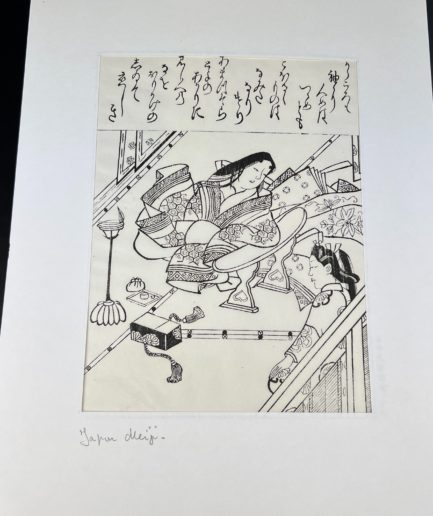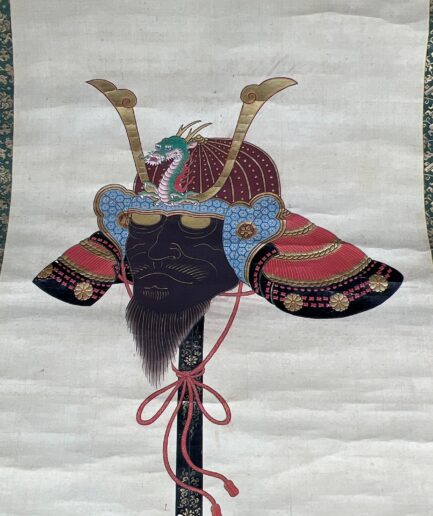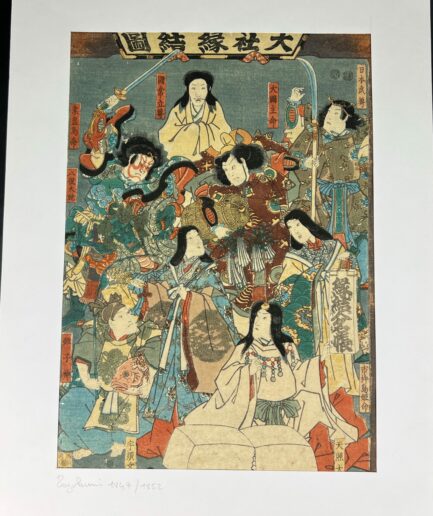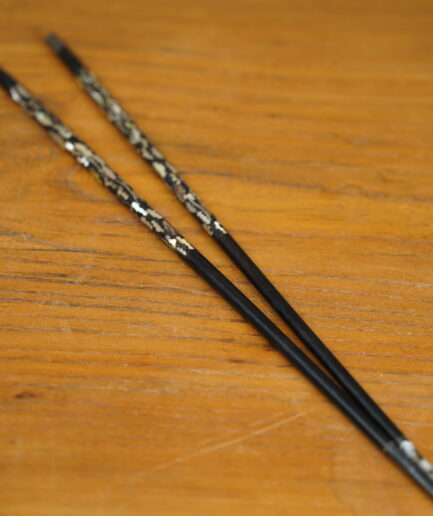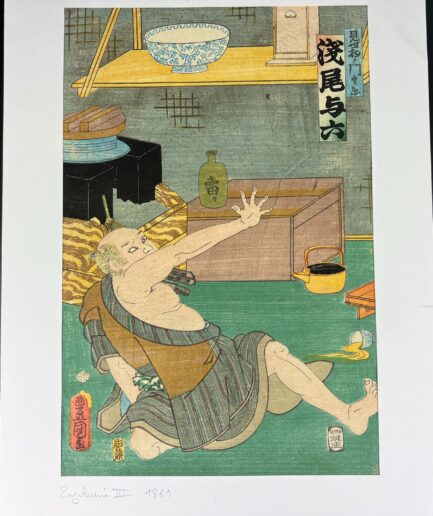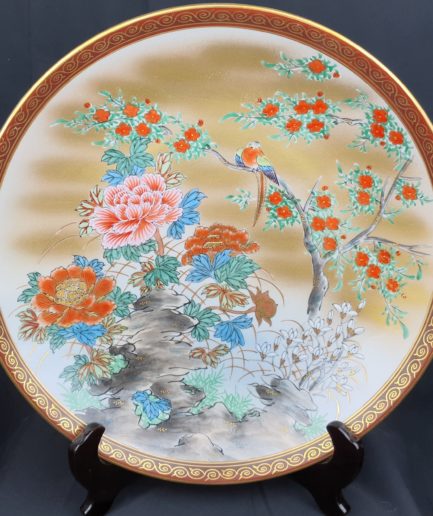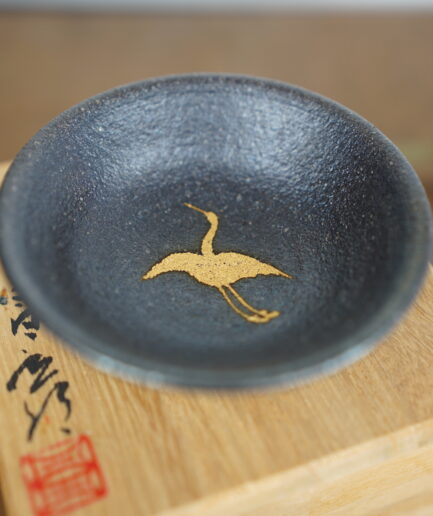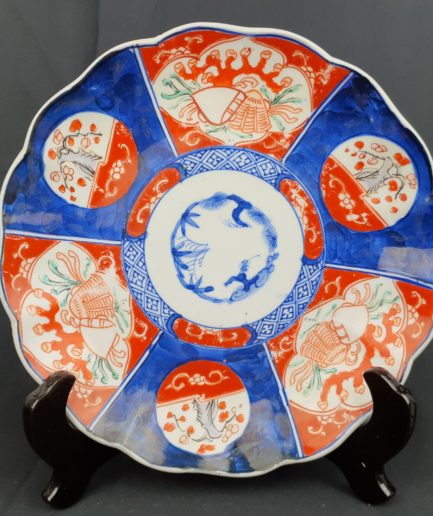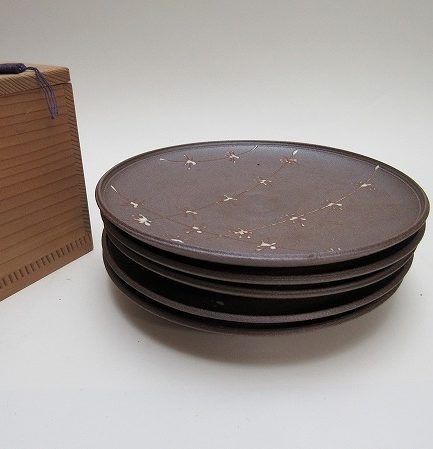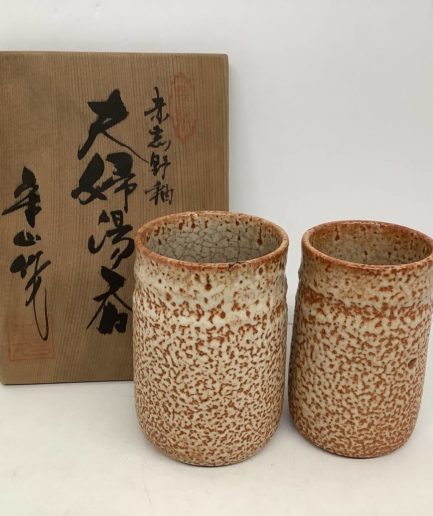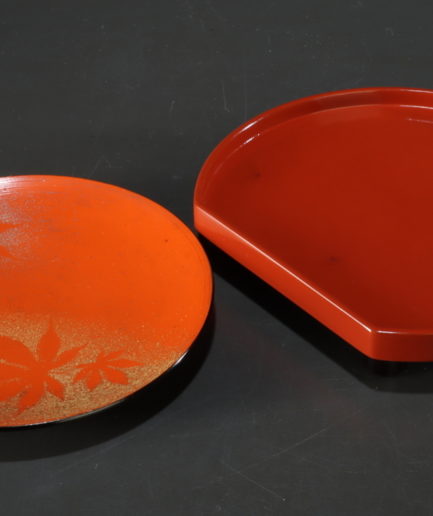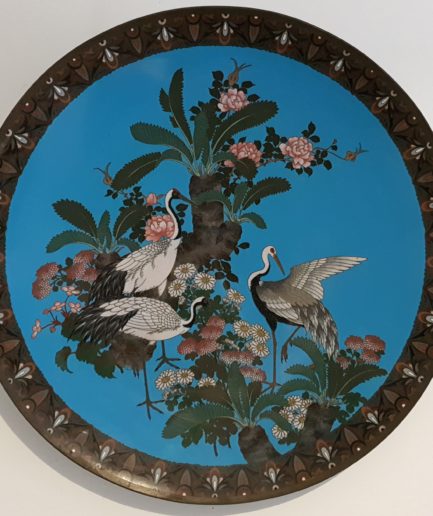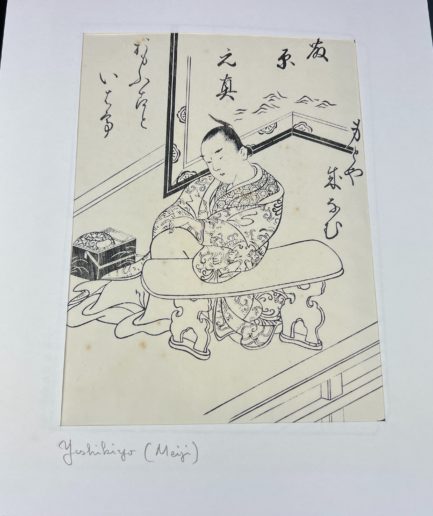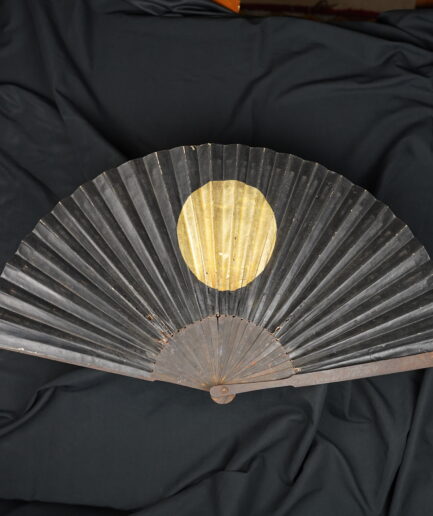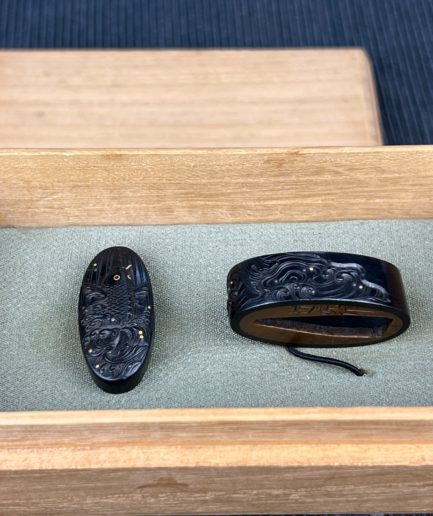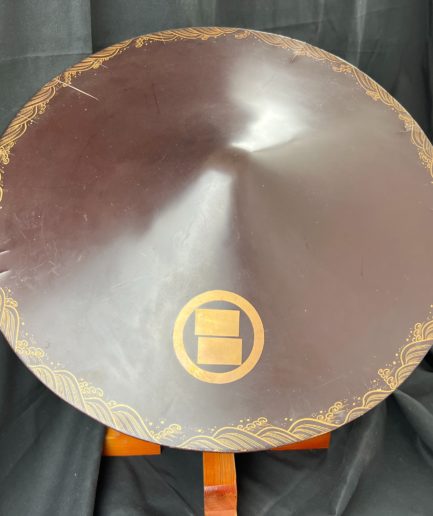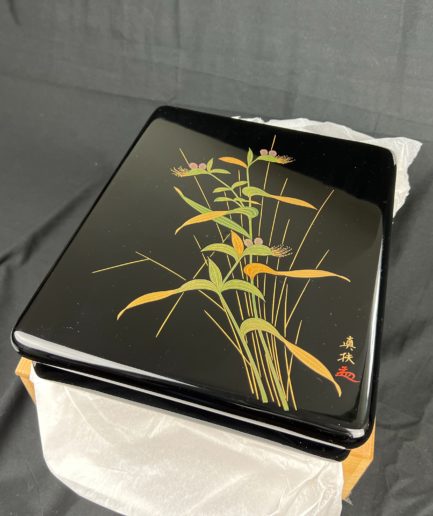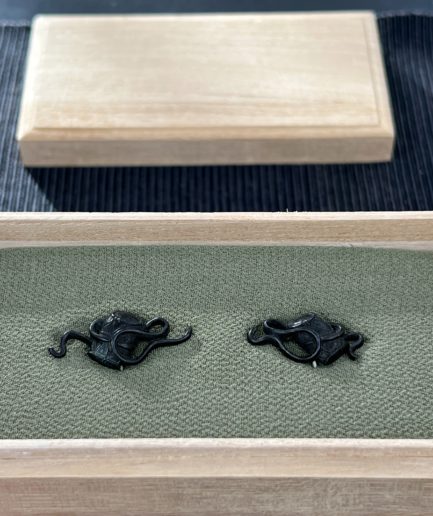Kenzo Tange and Kengo Kuma are the architects behind the emblematic sports infrastructures of the 1964 and 2020 Tokyo Olympic Games (postponed to 2021): the Yoyogi National Gymnasium and the National Stadium. In the run-up to the Olympic Games in France, the exhibition held at the MCJP in Paris highlights the importance of these works in the careers of these two great architects. *
It shows their influence on contemporary Japanese architecture, their fascination with Katsura's Imperial Villa, and their links with France.
Olympic Games in the spotlight
The Tokyo Olympic Games have been held twice: in 1964, during Japan's period of strong economic growth, and in 2021, with greater attention to the environment. These events were an opportunity to build remarkable sports infrastructures. The Yoyogi Gymnasium, designed by Kenzo Tange (1913-2005), was a competition venue for both Olympiads and was classified as an Important Cultural Property of Japan in 2021.
Similarly, the National Stadium by Kengo Kuma (b. 1954) hosted many of the competitions of the 2020 Olympics, as well as the opening and closing ceremonies, representing the Tokyo of the 21st century.
Architecture between design and materials
At the heart of the exhibition is a three-metre-scale model of the area around the Meiji Shrine, depicting the Shibuya and Aoyama districts in 1/1000 scale, where the two Olympic venues are located. Visitors can compare these sites across four dimensions: the line, the eaves, the landscape and the arch. Black-and-white photographs by Yasuhiro Ishimoto and Mikiya Takimoto offer keys to this comparison.
In another section, Tange's personal residence, built in 1953, and Kuma's Great (Bamboo) Wall (2002) are compared to the Imperial Villa of Katsura (Kyoto, 17th century), photographed by Yasuhiro Ishimoto. The Villa Katsura, admired by Bruno Taut and Walter Gropius, inspired Tange and Kuma in their designs. Visitors will be able to appreciate the two architects' distinct approaches: Tange's geometry and Kuma's use of materials.
Finally, the exhibition explores their links with France, their vision of French modern architecture and their projects in the Hexagone. The exchanges between Kenzo Tange and Le Corbusier will be illustrated by letters, photographs and furniture testifying to their relationship. Kengo Kuma's projects in France, such as the Albert-Kahn museum and the Saint-Denis Pleyel train station, the closest to the site of the Paris Olympics, will also be presented through models and computer-generated images.
Practical information
Thursday, May 2 to Saturday, June 29, 2024
Free admission
Booking recommended
Exhibition hall (level 2)
Tuesday-Saturday 11am-7pm
Closed on public holidays






